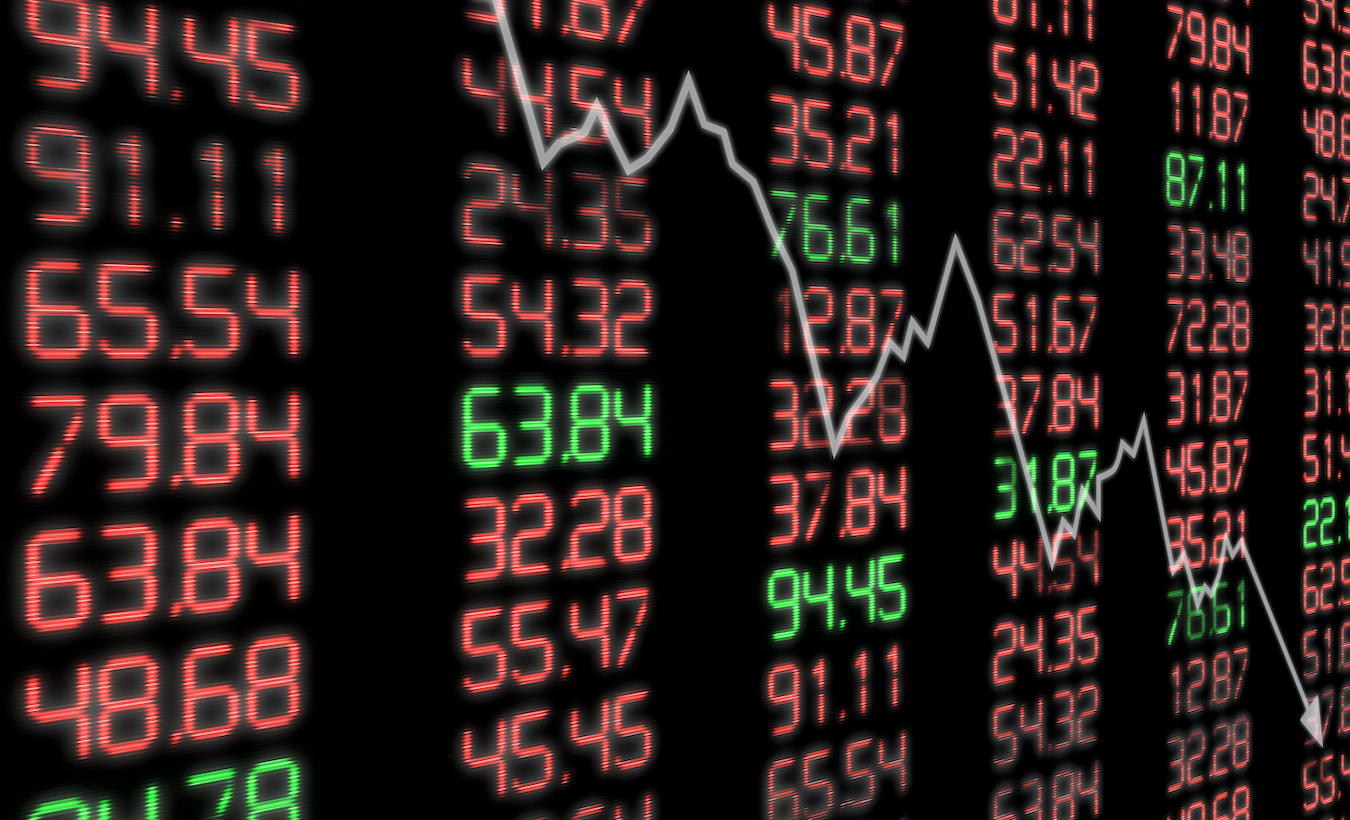|
The longest-ever bull market for U.S. stocks ended yesterday when the Dow Jones Industrial Average closed at 23,553.22, marking a 20.3% decline from its all-time record of 29,551.42 reached on February 12. With yesterday’s close, both the S&P 500 and Nasdaq are just 1% shy of entering a bear market themselves. Two other key market indexes, the Dow Jones Transportation Average (DJT) and the small-cap focused Russell 2000 (RUT), are already in a bear market.
The downturn in these benchmark indexes has heightened fears that the US economic expansion that began following the financial crisis could also be on its last legs. However, even when the entire market is in a freefall, there are always some segments that will fall less than others and less than the market as a whole.
Gold, the traditional ‘safe haven’ hedge asset, has provided lackluster portfolio protection in the face of the Dow’s collapse. Bitcoin’s reputation as ‘digital gold’ is also in tatters. That leaves investors wondering where they can find refuge outside of bonds.
The consumer staples sector has some interesting characteristics that increases its appeal to investors during periods of economic uncertainty like the one we are experiencing now. Not only is it home to some of the world’s biggest and most valuable brands, the products and services in this sector tend to remain in high demand even during economic downturns.
The main classes of consumer staples are food, beverages, home and personal care, alcohol, and tobacco. Product examples include toothpaste, soda, shampoo, toilet paper, and laundry detergent. Since most of these items end up being recurring purchases that occur regardless of changes in the buyer’s income situation, companies that manufacture such products and retailers that sell them are better able to withstand a recession than other industries.
In part because of this stability, they are able pay generous dividend yields that have a long history of rising each year. Stocks in this segment also enable investor portfolios to withstand a wide range of market selling conditions. There are 33 stocks in the S&P 500 consumer staples sector and, together, they boast a combined market capitalization of over $3 trillion.
The group includes retailers Walmart (WMT) and Costco (COST); home and personal care manufacturers Proctor & Gamble (PG) and Colgate-Palmolive; beverage manufacturers Coca Cola (KO) and PepsiCo (PEP), packaged food manufacturer Mondelez International (MDLZ); and cosmetics giant Estee Lauder (EL), Colgate-Palmolive (CL).
Investors can gain exposure to this segment of the market via the Consumer Staples Select Sector SPDR Fund (XLP). Those seeking to hedge the position may want to consider a pair trade with the Consumer Discretionary Select Sector SPDR Fund (XLY).
Products in the consumer discretionary sector are more sensitive to what’s happening in the economy because their claim on the household budget is subordinate to that of staple goods. This means, discretionary good & services are more likely to experience a pull-back in spending if the economy contracts. Discretionary stock companies sell products like automobiles and luxury apparel and services such as travel bookings and full-service dining experiences.
How to Invest: Long XLP / Short XLY
Consumer staples stocks greatly underperformed the broad market and consumer discretionary stocks during the two-year period that ended on December 31, 2019. Over the time, XLP returned +11% while SPY and XLY posted respective returns of 20% and 28%. But this year has seen XLP take the lead in terms of performance. Year-to-date, XLP returned -4%, while XLY returned -10 and SPY returned -15%.
Nelly Nyambi
Managing Director, Research
McAlinden Research Partners |





Leave a Reply